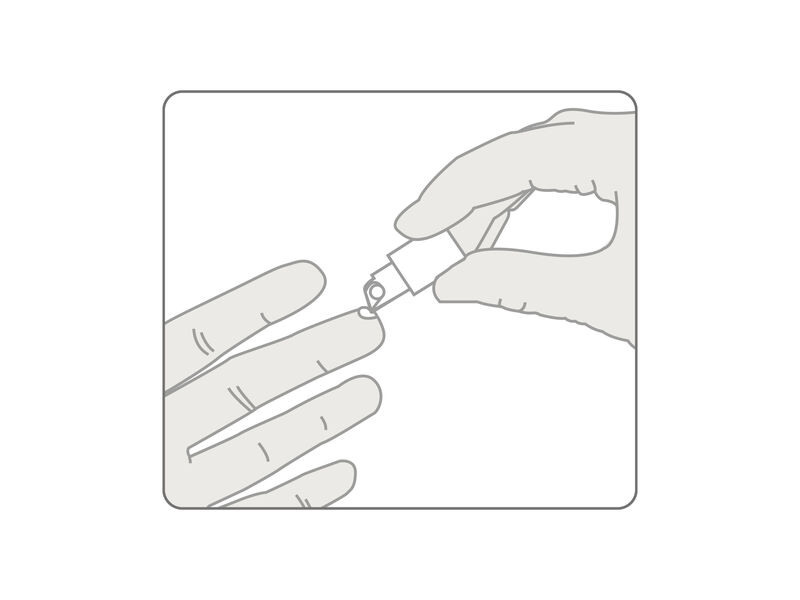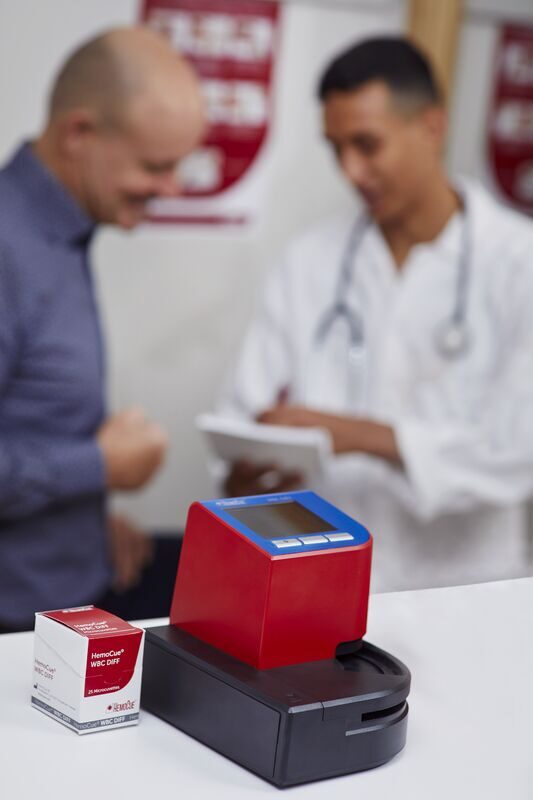References
1 Nucifora et al. Treatment Resistant Schizophrenia: Clinical, Biological, and Therapeutic Perspectives. Neurobiology of Disease 2019: 131. DOI: 10.1016/j.nbd.2018.08.016.
2 European Medicines Agency (EMA), 2002. Committee for proprietary medicinal products (CPMP): summary information on referral opinion following arbitration pursuant to article 30 of council directive 2001/83/EC for Leponex and associated names. https://www.ema.europa.eu/en/documents/referral/summary-information-referral-opinion-following-arbitration-pursuant-article-30-council-directive-200183ec-leponex-and-associated-names-international-non-proprietary-name-inn-clozapine-background_en.pdf Accessed October 28, 2024.
3 Jakobsen et al. Antipsychotic prescribing practices for outpatients with schizophrenia and reasons for non-clozapine treatment – Data from a Danish quality assessment audit. Nordic Journal of Psychiatry 2023, Vol 77(5):481-490.
4 Li et al. The prevalence of agranulocytosis and related death in clozapine-treated patients: a comprehensive meta-analysis of observational studies. Psychological Medicine 2020, Vol 50;583–594.
5 Nielsen et al. Psychiatrists’ attitude towards and knowledge of clozapine treatment. Journal of Psychopharmacology 2010, 24(7): 965–971.








